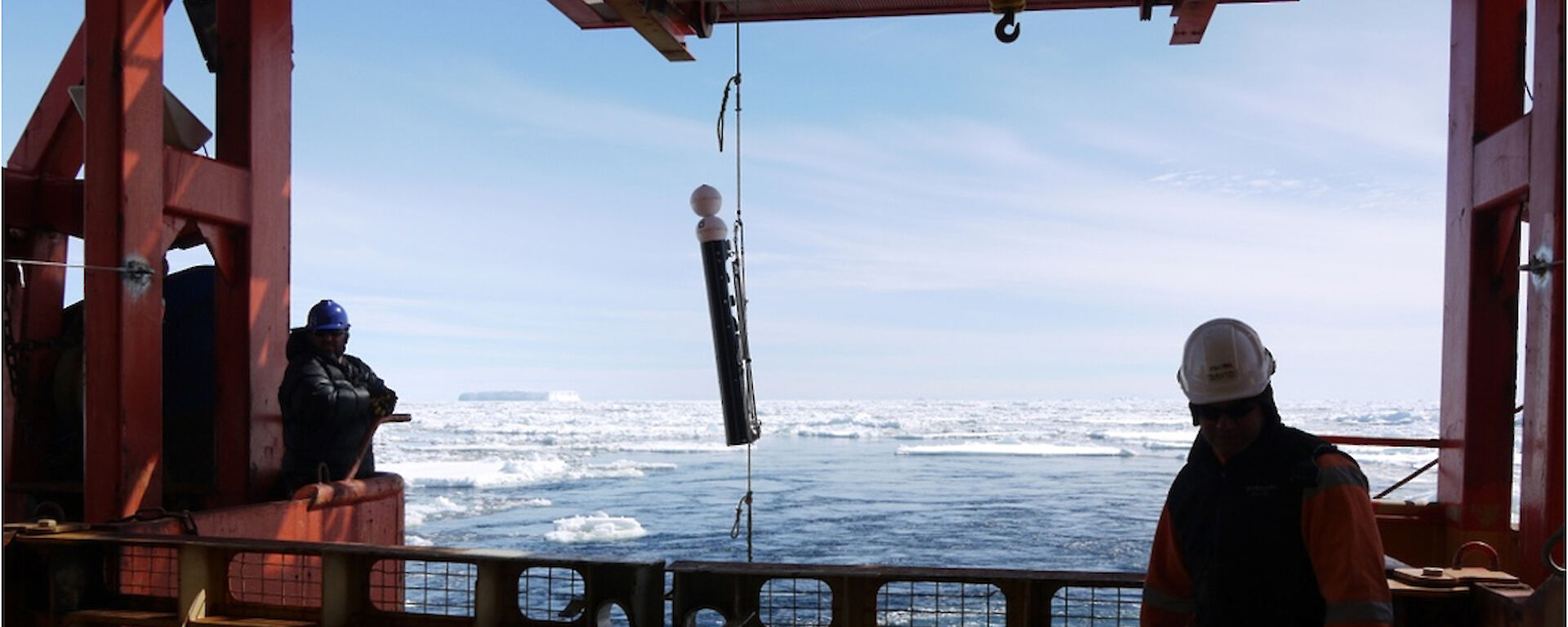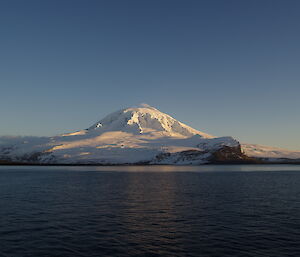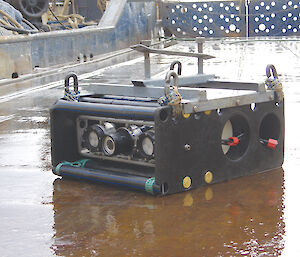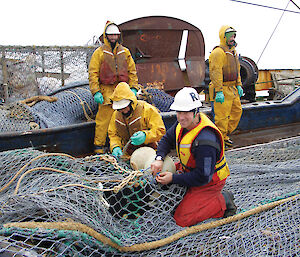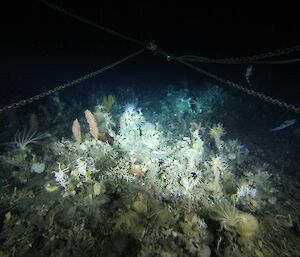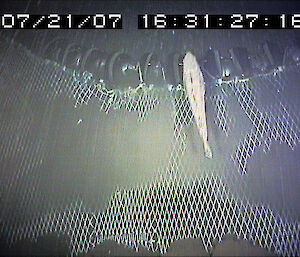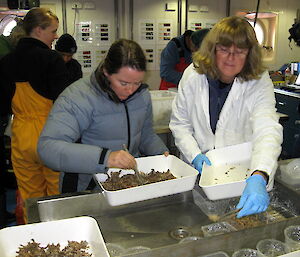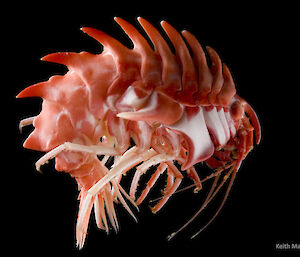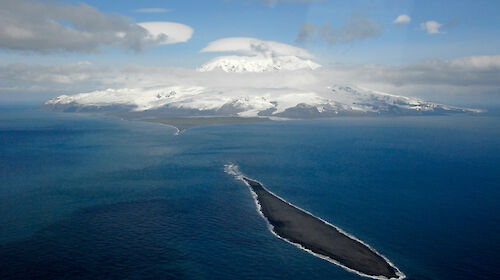Novel deep sea camera systems have shown that Australian commercial fisheries are having little impact on seafloor biodiversity around Heard Island and McDonald Islands (HIMI).
In combination with scientific sampling, the cameras revealed that more than 98% of sensitive seafloor biodiversity in the HIMI fishery remain in pristine condition following commercial fishing over the past 16 years.
The eight-year study, funded by the Fisheries Research and Development Corporation, was a joint project between the Australian Antarctic Division, the Australian Fisheries Management Authority and fishing industry partners, Austral Fisheries and Australian Longline.
Australian Antarctic Division fisheries scientist, Dr Dirk Welsford, said the project aimed to investigate the potential impacts and sustainability of trawling and longlining (‘demersal fishing’) for Patagonian toothfish in the Australian Fishing Zone at HIMI, and to develop technologies that could be used by other fisheries to address similar issues.
“A key part of the research was the development of underwater still and video camera systems, which attached to demersal fishing gear to observe the impact of the gear on sensitive seafloor habitat,” Dr Welsford said.
Australian Longline Managing Director, Mr Les Scott, said the robust, automated camera systems allowed fishing vessels to see the habitat they were working in.
“The cameras were key to a reliable understanding of the extent and nature of fishing interactions during commercial fishing activities,” Mr Scott said.
The video footage and photographs captured by the cameras, along with scientific sampling of seafloor communities, allowed the research team to assess the risk of demersal fishing to the seafloor communities and identify strategies to minimise fishing impacts, such as gear modification or the avoidance of sensitive areas.
The research found that the risk that fishing will cause significant impacts to seafloor biodiversity at HIMI is likely to be low over the medium term. The study recommended that risk assessments for the fishery be updated regularly, to evaluate the likely performance of the current management approach in the long term.
The research also found that the majority of vulnerable organisms live on the seafloor at depths less than 1,200 metres. This habitat overlaps with trawl fishing to depths of 1,000 metres, and to a lesser extent longline fishing, which can fish deeper than 1,000 metres. However, scientists estimate that only 0.7% of the sea floor within the HIMI fishing zone has had some interaction with fishing gear since the fishery’s inception in 1997.
The study estimated that the HIMI Marine Reserve, where fishing is not permitted, contains over 40% of the seafloor organisms considered vulnerable to demersal fishing in the region.
“A key element of the management strategy for mitigating the impact of demersal fishing is the extensive marine reserves established around HIMI and Macquarie Island,” Dr Welsford said.
“This work has directly led to the expansion of the HIMI Marine Reserve by 6,200 square kilometres, to protect a range of distinct seafloor habitats and vulnerable species of conservation significance. The HIMI Marine Reserve now covers over 71,000 square kilometres – protecting an area the size of Ireland.”
Mr Martin Exel, General Manager Environment and Policy at Austral Fisheries, said the results of the study would help inform discussions with the Commission for the Conservation of Antarctic Marine Living Resources, which manages fishing activities in the Southern Ocean, as well as international conversations on demersal fishing impacts.
“I expect many of the results and approaches will also be used by other agencies around Australia in consideration of future management and research approaches to demersal fishing interactions,” Mr Exel said.

